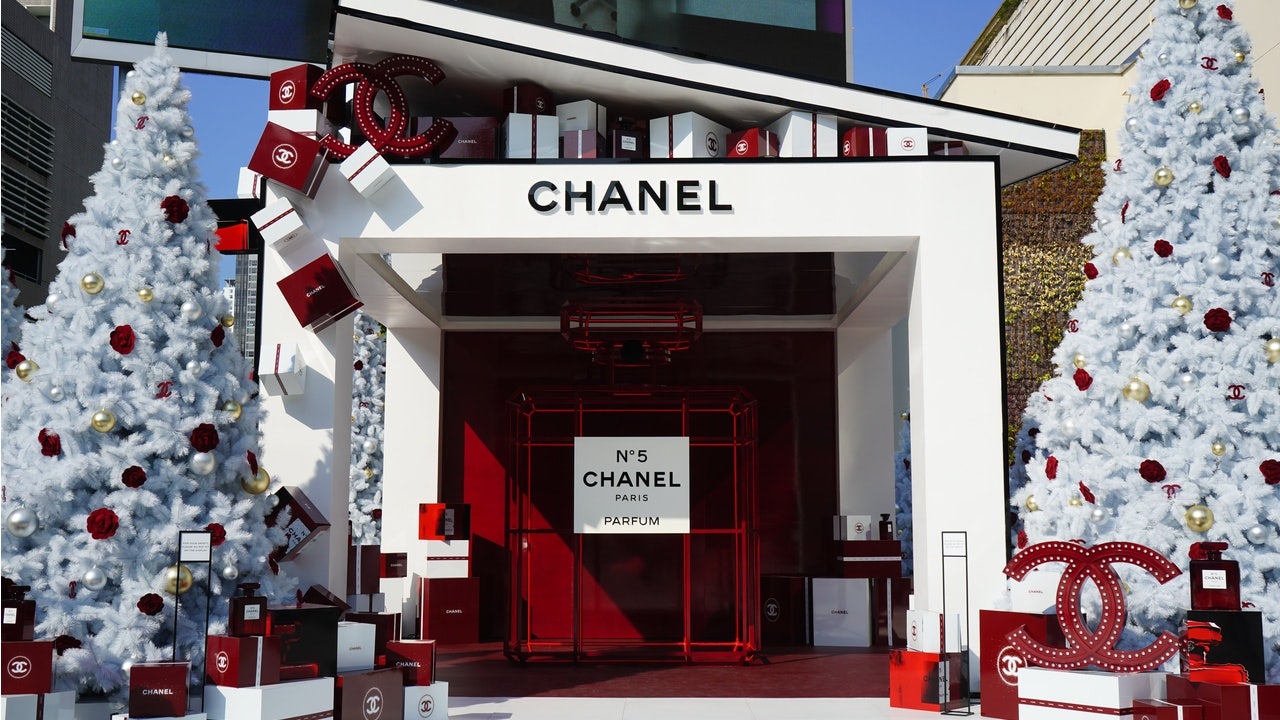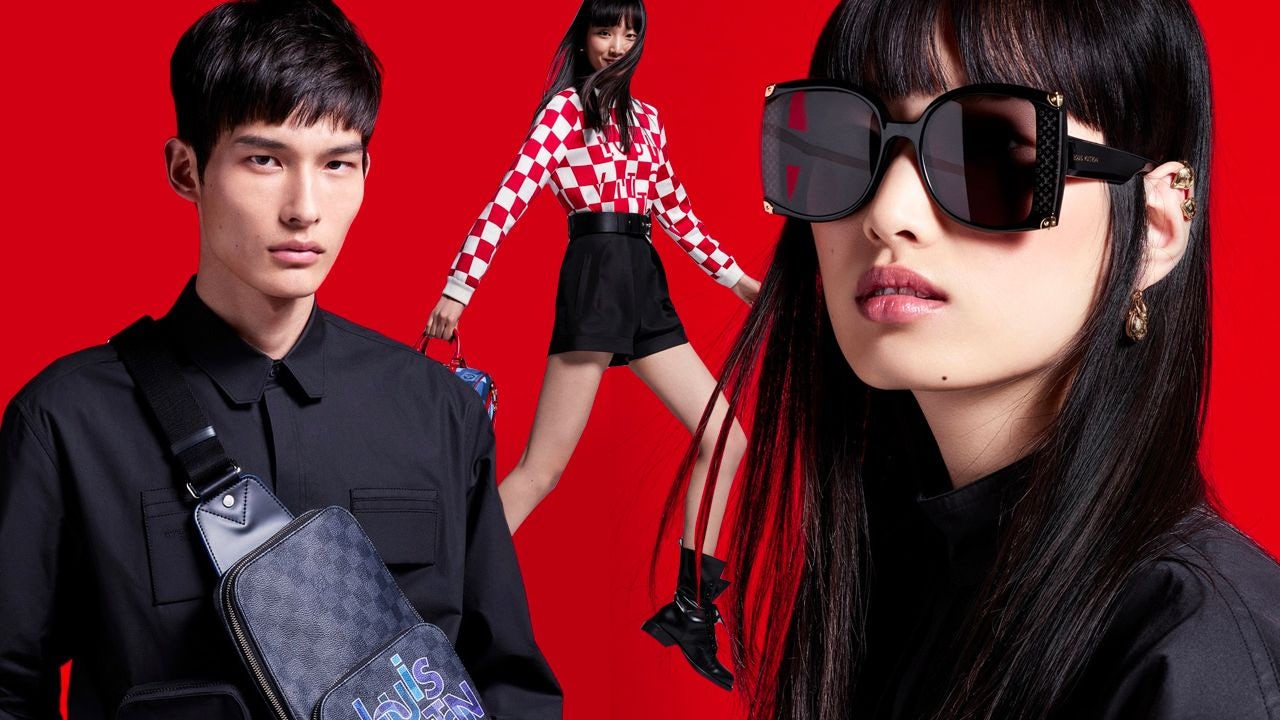Takeaways#
:
Brands that started well often stall and stagnate when they mature. Eventually, they decline unless drastic actions are taken.
In luxury, the delta in terms of quality between entry-level products and luxury products is not significant anymore. Therefore, product qualities are rarely the main driver of the willingness to pay.
Since prices depend on an ability to create extreme value holistically, luxury brands often need to reinvent themselves — going from producers of fine goods and services to 360-degree, experience-focused brands.
What is luxury? If your answer is “expensive,” you are only partly right. In a pricing workshop last week with MBA students at Pepperdine University, all of whom are successful and seasoned managers, I presented a deep dive into pricing. It is a topic that seems simple, but once you take a closer look, it becomes more elusive.
Let’s start with the perception of “expensive.” In my luxury research findings and experience advising luxury brands, I’ve seen that people will always pay to the point of perceived value. In other words, if the perceived value of a luxury handbag is at least 3,000, and you like the brand and the specific bag and need a bag, then you will pay that price. If you are not convinced of the bag’s value, you will not buy it.
Hence, the willingness to pay for a luxury item depends on the value we perceive. That is why, as luxury managers, we need to work on extending the perceived value significantly all the time. The amount a brand can charge is dependent on the value we create. In luxury, that means to create “extreme value.”
That puts managers of luxury brands in two dilemmas: how to create extreme value and how to grow it over time. Both are equally important. If we do not create a desire that is so strong that we create extreme value to start with, the success of the brand will be quite limited. However, once we have created an extreme value proposition, we need to defend and extend it.
The dynamic nature of luxury is regularly underestimated. Brands that started well often stall and stagnate when they mature. Eventually, they decline unless drastic actions are taken. In my book, Luxury Marketing and Management, I described this as the luxury lifecycle, especially for brands that become inconsistent by focusing on lower-end products and then fall victim to the downward spiral that haunts so many brands over time.
In the digital age where younger, more discerning customers spend their lives on social media, the speed of change has never been faster. Hence, the dynamic management of a luxury brand’s extreme value creation model is more critical than ever before.
To create extreme value, we need to say goodbye to the past mantra that luxury is all about the product. I still hear it far too often. Companies tell me things like, “We make the best products, we have the best materials, we apply the ultimate craftsmanship, etc.” These factors matter, but they are not decisive. They don’t necessarily distinguish brand A from brand B because if both are in the luxury field, we will expect the same level of craftsmanship from both. Even worse, in most cases, the delta in terms of quality between entry-level products and luxury products is not significant anymore. Quality is expected. It is typically priced in and very seldomly the main driver of the willingness to pay.
My luxury research results could show that the entire brand experience is what drives the value proposition, which goes far beyond the product. Yet, when confronted, most luxury managers admit that they spend more time on the product than on experiences. Those shortcomings come at a price.
When I recently audited a luxury fashion brand in-store experience, the conclusion was that the treatment was extremely friendly, competent, and inspiring. However, when it came to the moment of paying, the experience felt more transactional. Afterward, I asked myself why the salesperson did not ask for my email or phone number or offered to be my point of contact with the brand from now on. There was no follow-up to ask me about the purchase. All of those are simple procedures, but few brands make them part of their experience playbook. A traditional experience audit would have indicated that the service was excellent. However, when we audited the brand, I felt that important aspects of the experience were missing. And those aspects are critical for creating loyalty and increasing the willingness to pay.
A customer will seldomly go for the most expensive and most profitable limited-edition items of a brand upon their first purchase. Instead, they will typically experience the brand first before they commit to more. Their willingness to pay grows as the relationship continues to grow. Over time, the total brand experience is the most critical value driver.
I estimate that more than 90 percent of brands have significant shortcomings in this regard. The only brand I know of that has consistently outperformed my expectations over the years is Bottega Veneta. Among some of the weakest product categories in creating branded experiences are luxury fashion, luxury cars, fine jewelry, and luxury watches. In my observations and audits, those brands are typically too focused on single transactions, and they have massive issues in pre-and post-purchase brand experience creation — as well as long-term customer relationship management. Another category that is often unable to create truly differentiated experiences is hospitality, where brand A often resembles brand B at the top.
Since a price depends on the ability to create extreme value holistically, luxury brands often need to reinvent themselves — going from producers of fine goods and services to 360-degree, experience-focused brands. That requires a challenging transition, and a brand must have a more complete understanding of how to create value. It also requires rigorous staff training and mastery of digital tools. However, if brands are complacent and don’t make this transition, they simply will not have the ability to price. For many brands, that means not generating enough revenue and profits to survive.
Luxury starts with brand experience. And if an experience creates extreme value, there is no such thing as “too expensive.”
Daniel Langer is CEO of the luxury, lifestyle and consumer brand strategy firm Équité, and the professor of luxury strategy and extreme value creation at Pepperdine University in Malibu, California. He consults some of the leading luxury brands in the world, is the author of several luxury management books, a global keynote speaker, and holds luxury masterclasses in Europe, the USA, and Asia. Follow @drlanger


